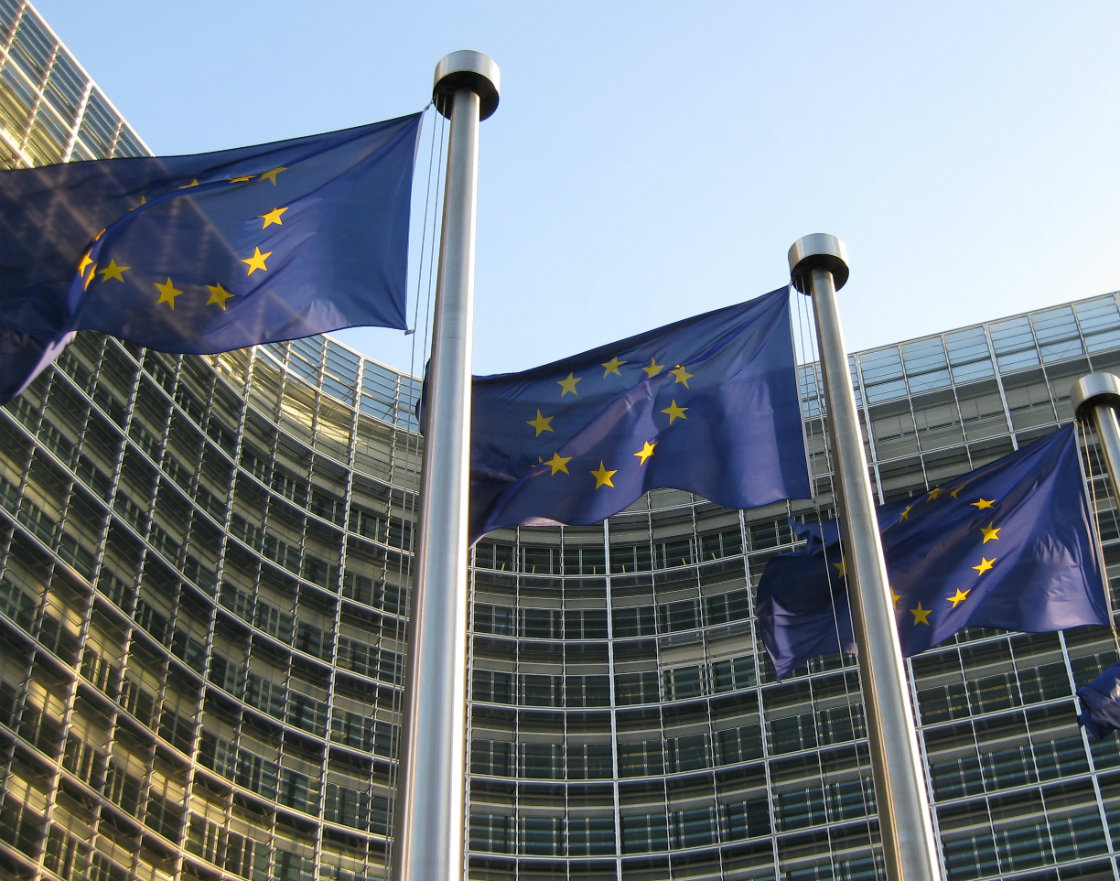Tydzień w gospodarce
Category: Trendy gospodarcze

(TPCOM, CC BY-NC-ND)
The global pandemic hit Europe in early March this year, and the first reaction of EU national governments was to provide their businesses with enough liquidity to avoid massive layoffs and bankruptcies. But this is easier said than done. The EU internal market is governed by strict rules when it comes to state aid.
To prevent companies in richer EU states from unfairly benefiting from state aid at the expense of their competitors in poorer EU countries, Article 107 of the Treaty on the Functioning of the EU states that “any aid granted by a Member State or through State resources in any form whatsoever which distorts or threatens to distort competition by favoring certain undertakings or the production of certain goods shall, in so far as it affects trade between Member States, be incompatible with the internal market.”
That said, extraordinary times call for extraordinary measures. On March 19th, 2020, the EU Commission adopted a framework of temporary state aid rules enabling Member States to come to the rescue of their domestic businesses, albeit under specific conditions. The framework allows Member States to provide temporary fiscal support to ailing businesses in the most affected sectors (e.g. transport, tourism, culture, hospitality and retail). Any state aid from individual Member States still has to be notified to the EC and receive its approval. This framework is currently applicable until the end of December 2020.
Moreover, since the adoption of the framework, two more amendments have been made. The first one on April 3rd, to “enable Member States to accelerate the research, testing and production of coronavirus relevant products.” And another on May 8th, to allow EU countries to take stakes in non-financial companies affected by the outbreak by means of “recapitalization or subordinated debt instruments.”
So far, the European Commission approved more than EUR1.9 trillion worth of state aid. The problem is that this sum has not been spread out equally across the EU. According to the EC’s data, Germany alone accounts for more than half of the total amount.
Although Germany has the bloc’s largest economy, it still accounts for “only” a quarter of EU’s total GDP. It would be therefore reasonable to expect the same share of state aid taken by Germany. However, so far, Germany has paid out its companies nearly EUR1 trillion, or 52 per cent of all state aid given by EU member states. Italy and France have paid the second most in Europe, each taking a 17 per cent share of the total EUR1.9 trillion.
In an interview for the German newspaper Sueddeutsche Zeitung, the European Commissioner for Competition, Margrethe Vestager said that the apparent inequality in state aid distribution throughout the union would distort competition and potentially even slow the economic recovery from the global pandemic.
A good example is Spain. Having suffered from the pandemic Spanish businesses have been hit particularly hard. However, despite the enormous needs of Spanish businesses of recapitalization, Madrid has so far been able to provide almost EUR30bn in state aid, more than 33 times less than Germany.
Countries like Spain or Italy have a very difficult decision to make. If they want to provide their companies with the same amount of liquidity like Germany or France, they need to increase their public debts, which are already hardly sustainable. The alternative is to watch their businesses get devastated by the crisis, and see a large number of post-corona foreign takeovers. But southern Europe has been pursuing a third path out of the crisis — state aid financed by mutual EU debt. Although such solution seemed extremely unlikely just a few weeks ago, it is now being seriously considered.
On May 27th, the EC presented an unprecedented plan. It proposed to create a EUR750bn recovery fund to provide aid to countries and companies most in need. The EU would raise money on capital markets centrally and then redistribute it — something that has never been done before. “We either all go alone, or we walk that road together, we take that leap forward, we pave a strong path for our people and for the next generation.” EC’s President Ursula von der Leyen said when announcing the plan.
The Recovery Fund will comprise a total of EUR750bn, with EUR500bn available to the member states in the form of grants and EUR250bn in the form of low-cost loans. The Fund will be a part of the EU long-term budget 2021-2027, proposed in May 2020. There will be also strings attached to the grants and loans dispersed from the Fund. For instance, out of the EUR500bn in loans, EUR310bn will be invested in the green and digital transitions.
Nevertheless, it still not clear whether this will be the final version of the rescue package. There are a few countries which vehemently oppose the idea of “free money” in the form of grants. Northern countries, such as the Netherlands, Sweden and Denmark, have long opposed such measures. They also expect that any financial help will be accompanied with strong economic reform commitments.
Filip Brokeš is an analyst and a journalist specializing in international relations.


